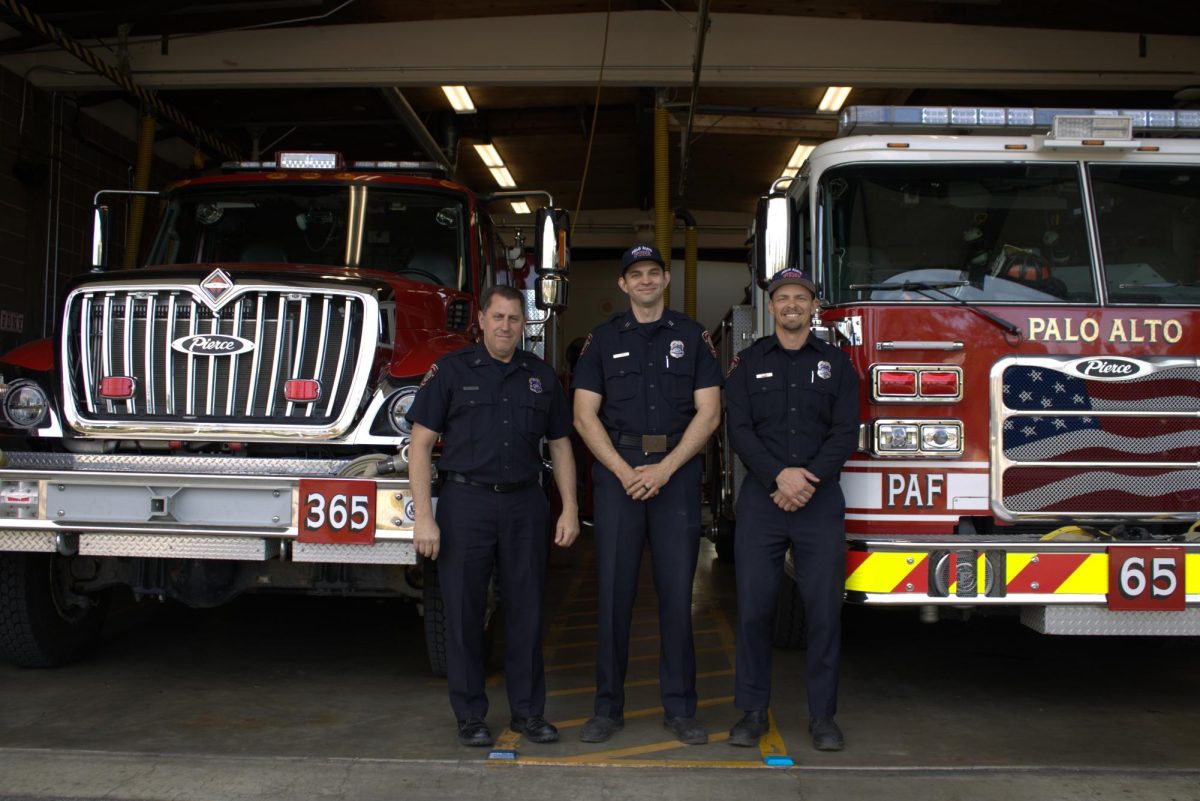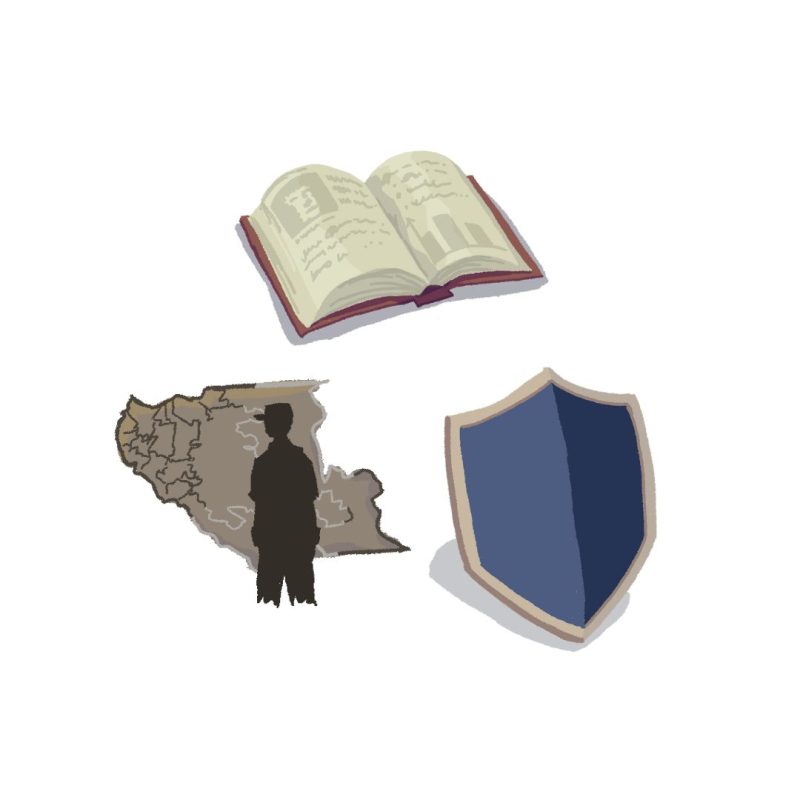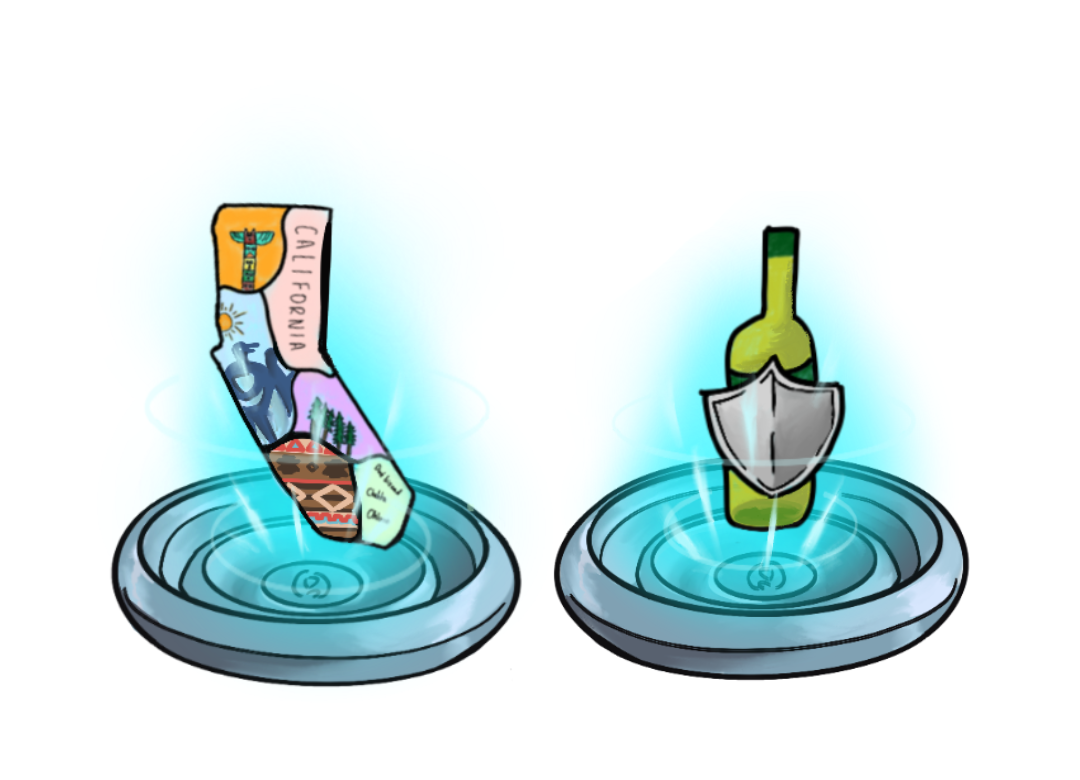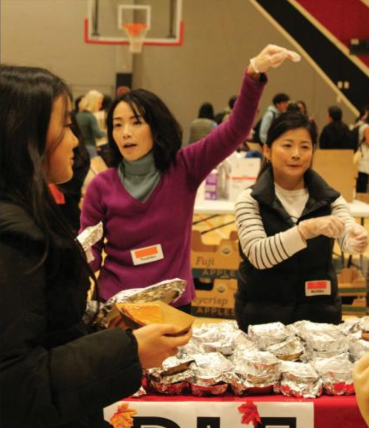Written by Helen Nguyen, Assistant Business Manager
District administration returned student course evaluations to teachers in January. Students took the district-mandated student survey regarding teacher performance at the end of first semester.
Principal Dr. Denise Herrmann stated that this survey is the first time that the district has done a common survey across all teachers. The original teacher contract stated that teachers must gather feedback from their students, but they were able to ask whatever questions they wanted and no one else had to see their results. Herrmann has asked the district for more school-wide and trend data, so she can learn how to better support the teachers. She explained that the district is still working with the teacher’s union to figure out how they can share data in a way that doesn’t feel threatening to the teachers. “This is supposed to be for growth and reflection and not a rating necessarily, so that’s one of the things I’m trying to make sure I work really delicately with,” Herrmann said.
Palo Alto Unified School District (PAUSD) Superintendent Dr. Max McGee explained that the survey was administered to provide the opportunity for teachers to reflect and set goals on their own practice. “I wanted to have one survey with ten questions in common, so that way teachers can see their results and compare them to everybody else that teaches the same class, compare those to the whole department and then to the whole school,” McGee said.
The main goals that Herrmann had for this survey was to test questions that the district and union thought might be useful and to evaluate whether or not to keep using them. “I’m assuming that the teachers are doing the absolute best with the knowledge and skills that they have, so if there’s some sort of a deficit that the students have identified, then that means the teachers either need to learn something new, learn a different skill or stretch themselves in some new way,” Herrmann said.
McGee stated the district wasn’t expecting such tremendous success from the survey and acknowledged its importance to the community. “The survey provides a more accurate, factual perspective than the opinion of an individual or small group that can often be blown out of proportion,” McGee said. “If a former teacher contends, ‘All the kids are getting crushed with homework,’ we now have data to either verify or contradict that statement. The survey showed the substantial majority of students think they get the appropriate amount of homework.” McGee also pointed out that when teachers have the right tools for reflection, the quality of their teaching and connection with their kids improve.
After the district decided to switch to an online, standardized course evaluation, Palo Alto Educators Association (PAEA) agreed to try it out as a two-year pilot. According to PAEA President Teri Baldwin, PAEA will convene a committee to look at survey effectiveness and ease. “We want to make sure that teachers get valuable information back from the students that help them inform their instruction before we make this new program a permanent part of our contract,” Baldwin said. According to Baldwin, PAEA will discuss the committee’s findings after a few semesters, making a decision on whether they should keep the new student survey, pilot another program or go back to the original.
Senior Cristobal Gonzalez says that compared to last year, these surveys lost a lot of applicability. “It’s not clear how general questions of whether you liked the class or not will help a teacher improve the class,” Gonzalez said. In order to improve this survey, he says, more teacher input is necessary. “Ultimately, these surveys are made so that teachers can get feedback on their classes, and although it’d be nice to have a common survey so the district can have a consistent way to measure data across multiple courses, it’s not the primary goal,” he said.
Gonzalez hopes teachers will try to address common themes in the responses. He believes that most teachers at Gunn are constantly trying to improve their courses, but he doesn’t know whether a survey drives that, or just their experience in the class. “I think the previous [individual surveys] were probably more useful, but at least this one was short and didn’t take that much thought on my part,” Gonzalez said. “Perhaps that speaks to the poor quality of the new survey.”
McGee stated that all analytics of the survey was done through an independent third-party contractor, but that the district has an important role in making sense of the data.“What we did was a statistical analysis and say, ‘Within this range is pretty much where everybody fell—if you’re above that range, think about how you can help some others, or improve if you’re below that range and reflect on what you could do differently,” McGee said. As a district, McGee strives to continuously give prompt and meaningful feedback.
In the future, Herrmann wants to do some troubleshooting for the May survey implementation. She would like to see teachers get additional, ongoing feedback and wishes for the district and union to do a better job with technical aspects to avoid glitches. Herrmann also wants to give better analytics to the teachers when she coaches them for their own improvement goals. “It’s not about evaluation, but I think that what teachers learned from their student survey and how they’re going to inform their goals that they set for themselves for next year is the most powerful way to use survey data,” Herrmann said.
McGee believes the newly implemented student survey can improve the community wellbeing of the community. He is glad that students in the community were given the opportunity to provide feedback on a uniform and anonymous platform. “I am happiest about the fact that the survey gives students a voice,” McGee said. “The fact that we had 21,000 student responses and that our students took it seriously was arguably the greatest win of the whole initiative.”













